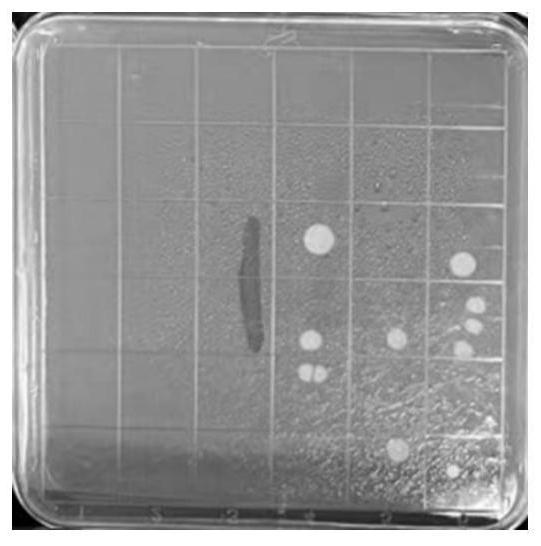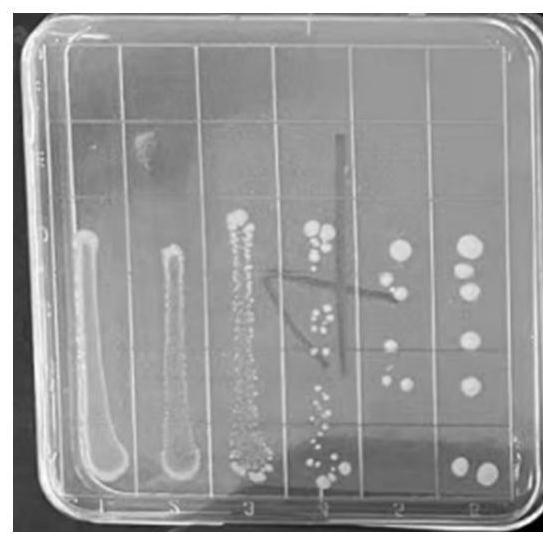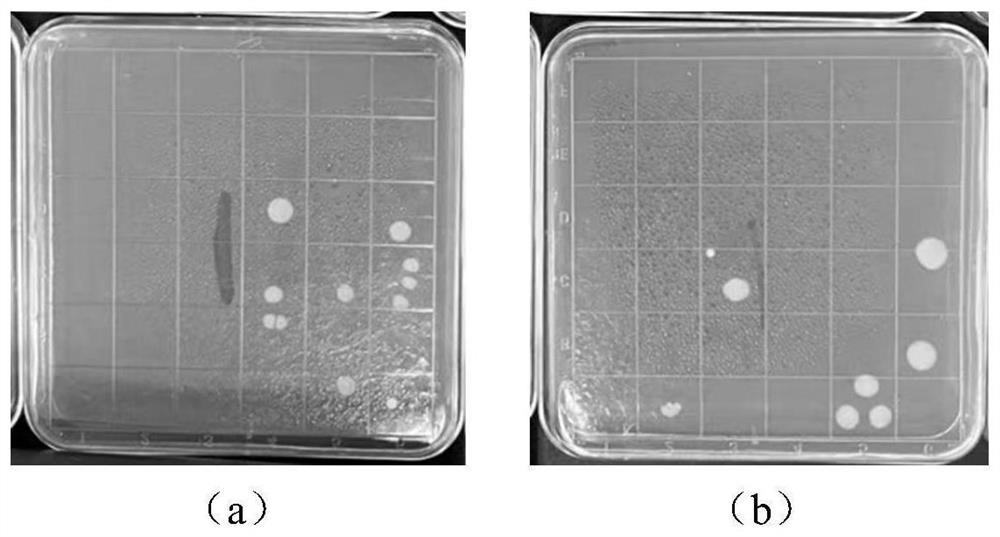Polymer, preparation method and application thereof, and base material with surface coated with polymer
A polymer and compound technology, applied in the field of antibacterial, can solve the problems of antibacterial agent antibacterial effect is not durable, antibacterial textiles are not washable antibacterial effect, not durable, etc., to achieve excellent antibacterial effect, excellent antibacterial persistence effect
- Summary
- Abstract
- Description
- Claims
- Application Information
AI Technical Summary
Problems solved by technology
Method used
Image
Examples
preparation example Construction
[0066] In some embodiments of the present application, a method for preparing the above-mentioned polymer is also provided, comprising the following steps:
[0067] The isocyanate group-containing compound and the polyol compound are polymerized to obtain a polyurethane prepolymer containing free isocyanate groups; then a quaternary ammonium salt unit precursor containing isocyanate-reactive functional groups is added for chain extension reaction, and then sequentially added. The halogen amine unit precursor and the ultraviolet absorbing functional compound undergo a capping reaction; and then undergo quaternization and halogenation treatment to obtain the above polymer.
[0068] Specifically, an isocyanate-containing compound is used as an initiator to react with a polyol compound in the presence of nitrogen and a catalyst to form a polyurethane prepolymer, and an appropriate amount of organic solvent is added to the reaction system to control adhesion.
[0069] In some embod...
Embodiment 1
[0090] (1) Synthesis of antibacterial polymers
[0091] Synthesis of haloamine precursor compounds: 0.03mol 2-chloroethylamine hydrochloride was added to a 250mL three-necked flask, stirred and dissolved with 50mL ethanol, then 0.03mol sodium hydroxide powder was added, stirred at room temperature for 1 h, and the pH of the solution was adjusted to Neutral; add 50mL of ethanol to dissolve 0.03mol 5,5-dimethylhydantoin sodium salt, add the solution to the above-mentioned three-neck flask, and react at a constant temperature of 65°C for 20h to remove the insoluble sodium chloride solid in the system , after the ethanol was removed by rotary evaporation to obtain a yellow viscous liquid, which was dried in a vacuum oven at 45°C for 24 hours to obtain 3-aminoethyl-5,5-dimethylhydantoin.
[0092] Synthesis of antimicrobial polymer: Calculated according to the molar ratio of initiator, bio-based polyol, cationic chain extender, haloamine precursor compound, and UV absorber as 4:1:1....
Embodiment 2
[0096] (1) Synthesis of antibacterial polymers
[0097] Synthesis of antibacterial polymer: Calculated according to the molar ratio of initiator, bio-based polyol, cationic chain extender, haloamine precursor compound, and ultraviolet absorber as 4:1.2:1.5:1.2:1.2. Add 1.2mol of soybean oil into a three-necked flask with a stirrer and a reflux condenser, fix the three-necked flask in an oil bath, heat up to 120°C for 1 hour of vacuum dehydration, then cool down to 75°C, add 4mol of hexamethylene diisocyanate , castor oil and dibutyltin dilaurate with a mass fraction of two monomers of isophorone diisocyanate and 2% dibutyltin dilaurate, react for 2 hours after passing nitrogen for 5 minutes to form a polyurethane prepolymer, add an appropriate amount of acetone to control viscosity during the reaction; keep the temperature constant , add 1.5mol cationic chain extender N,N-dimethyl-2,2-dihydroxybutylamine for chain extension reaction for 2h; at the same temperature, add 1.2mol ...
PUM
 Login to View More
Login to View More Abstract
Description
Claims
Application Information
 Login to View More
Login to View More - R&D
- Intellectual Property
- Life Sciences
- Materials
- Tech Scout
- Unparalleled Data Quality
- Higher Quality Content
- 60% Fewer Hallucinations
Browse by: Latest US Patents, China's latest patents, Technical Efficacy Thesaurus, Application Domain, Technology Topic, Popular Technical Reports.
© 2025 PatSnap. All rights reserved.Legal|Privacy policy|Modern Slavery Act Transparency Statement|Sitemap|About US| Contact US: help@patsnap.com



